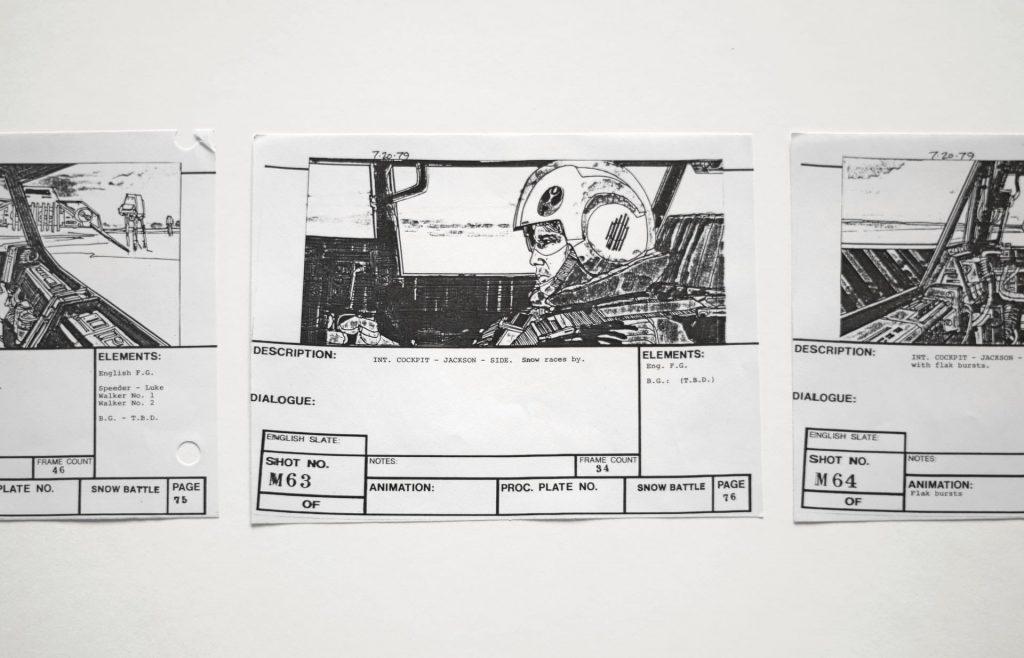A well-designed structure is important for commercial sites focused on selling goods and services and for information sites, where the main purpose is traffic. Your site’s structure should be flexible with a convenient navigation system.
With your business development plan, try to think over promising directions, and immediately foresee them in the structure. You may not be ready to launch them now, but this precaution will come in handy in the future.
Here are four main benefits of a well thought out site structure:
- Avoids technical mistakes that negatively affect SEO, for example, duplicates, blank pages, and so on.
- Increased usability, which in turn improves behavioral factors as the quality of the user experience improves.
- More effective promotion due to a competent distribution of semantics and creating relevant landing pages for different groups of requests.
- An increase in conversion due to the previous two points: satisfied users buy more willingly.
Avoiding Common Website Structure Mistakes
As you know, a well-built structure helps any user navigate the site easily. But in this case, it is also essential not to overdo it.
Let’s consider the most common mistakes:
1. Too careful breakdown of the assortment
The more divided a trade group’s assortment by parameters, the more convenient it is for the visitor to find what he needs. But too large a breakdown leads to forcing the user to click the mouse dozens of times, moving from page to page to finally get to the desired subject. And this most likely will not happen since he will leave your site earlier.
It is necessary to carefully analyze the entire assortment and classify it into key categories and subcategories. Bear in mind that SEO subcategories do not have to be displayed in the navigation menu, and it’s required to use filters and tags.
2. Inaccurate/incomprehensible category names
The administrator of an e-commerce project does not understand which group to place a product in. A person looking for something specific does not know and is unlikely to understand what is in the section. As a result, your potential client goes to competitors.
3. A clear name for each category
Even if your site has a section with a vague name “Souvenirs,” you should add gradation: for men, women, children.
4. Excessive branding
The desire to popularize a brand to the masses in all possible ways is understandable. But this must be done carefully. For example, stores often classify iPhones as separate groups from other smartphones, which is generally not true.
5. Insufficient classification of goods
If the classification is too small, it won’t be easy to find a highly specialized product. This mistake is often found on pharmacy websites. It entails a decrease in conversion since the consumer, not finding what he was looking for, leaves the page.
The Step-By-Step Structure Design Algorithm
1. Collect Semantics
It is necessary to collect the semantic core to design future site sections and how they’ll be nested. Do not try to create all pages at once: you only need to understand the approximate number of pages or sections and their organization.
2. Group
The semantic core is grouped and distributed across the site, depending on the requests, frequency, concurrency, or weight. The main page is optimized for high-frequency queries and category pages are optimized for medium-frequency queries, and low-frequency queries are placed on third-level pages, for example, articles or tags.
It is also necessary to consider that it is not always enough to rely solely on the semantic core to create a good site structure. It is necessary to take into account the intentions of users and understand what else may be of interest to a potential client. It requires a deep understanding of the niche’s specifics, and a brief and consultation with a client can help in this.
3. Render
It’s better to use services and programs for creating mind maps or mind maps to visualize and simplify the result’s perception.
4. Nail The SEO
Here are some tips to keep in mind when designing your structure to get the most out of it and avoid mistakes:
- If you need to reveal the needs of several target audiences, do not try to place all the information on one landing page.
- Analyze your competitors. Sometimes you can see top-notch solutions from them.
- If the user needs to make more than three clicks to find information, revise the structure.
- Don’t create small categories with 3-5 products.
- Online stores should use tags and filters to inflate the number of categories.
- Build-in scalability so you can add new categories or pages without redesigning the structure.
- The priorities in designing the site structure should be simplicity and clarity for the user.
Why Is Site Structure So Important?
1. User Interaction With The Site
A logical and understandable structure with a clear hierarchy is the foundation of SEO-website promotion. An intuitive and straightforward structure increases the likelihood of purchasing on your site, improves the behavioral experience, and ultimately affects the rankings and traffic from search engines. Since behavioral factors currently have a strong influence on a site’s search ranking, the conclusion is obvious: a clear structure directly affects SEO and project profitability.
2. Site Indexing In Search Engines
Search engines impose requirements on the structure. It must be logical and predictable. In accordance with Respona, having clear link organization and the absence of duplicates are also important. Without internal links, the search robot cannot index the site. Plus, a high-quality structure will allow you to adjust and cover the existing search demand as much as possible.
According to QuickSprout, a correct structure’s presence is one of the factors influencing the display of additional links to the site in the snippet.
Having a logical, understandable, and well-organized structure is the foundation of your website development. That is why any development should start with the best SEO software 2020 involvement that will help you to design the future project’s structure.
The structure directly affects the site’s subsequent promotion and the customer’s income, and the SEO must be considered before development and prototyping begins. Now let’s find out which structure will appeal to search engines and users.
Which Structure Is Correct?
As noted above, a correct site structure is logical, transparent, and intuitive for users. It implies the presence of the following elements:
1. Clear page hierarchy and adherence to URL nesting
The hierarchy is built according to the principle “from highest to lowest” and should be displayed in nested URLs. However, there are some peculiarities here: some cards of IM products can be duplicated in different sections (for example, the same table card can belong simultaneously to the category of round and wooden). There are several options: bind all cards to a separate category/products/, display only one main category in the URL, or configure canonically for all duplicates. In each case, the decision on nesting should be made individually to avoid duplicating cards.
2. Sitemap (.html and .xml)
If search engine robots use an XML-sitemap to crawl pages, visitors can use an HTML-map. HTML-sitemaps are now perceived as a navigation element “from the 2000s”, but it serves its function as a tool for transferring link weight.
Everything is as easy as ABC: there are specific requirements to observe which you can avoid significant errors and problems through indexing and help users find the information they need faster and spend money. But the main question remains open. How to implement a structure that will meet all these requirements?
Stages of Creating A Structure
1. The Core Essence For Assessing Demand
So, the main tasks in designing a site structure is understanding what interests the user has and simplifying his commercial path to purchase. The first step is the demand assessment. Everything is obvious here, collect and cluster the semantic core for the project. The work is labor-intensive, but the good news is that at this stage, there is no need for a full core. The task is to collect basic query masks to understand the structure of the partitions. The core is the base of our future structure. We can already form the main categories, subcategories, tagging pages, and filtering.
Remember, optimized tagged selections and filtering pages are versatile tools for collecting traffic. They are easily scalable and give a solid boost in traffic. Such pages will be indexed and generate traffic.
2. Watching The Leaders
You can take a closer look at the niche leaders to check the site structure’s completeness at the first stage. They did all the work to create and fill in the structure before you and did it well since they became leaders in their field. They can provide interesting solutions and find a way out of any controversial situation.
Conclusion
It is difficult to create an ideal project structure on the first try. This is a meticulous process and thorough work that requires the utmost care and attention to small details. You will have to monitor analytic metrics regularly and adjust the created layout. Remember that your actions make the site user-friendly. Your business will not be successful without visitors and conversion. As a bonus, it will have a positive effect on SEO.












